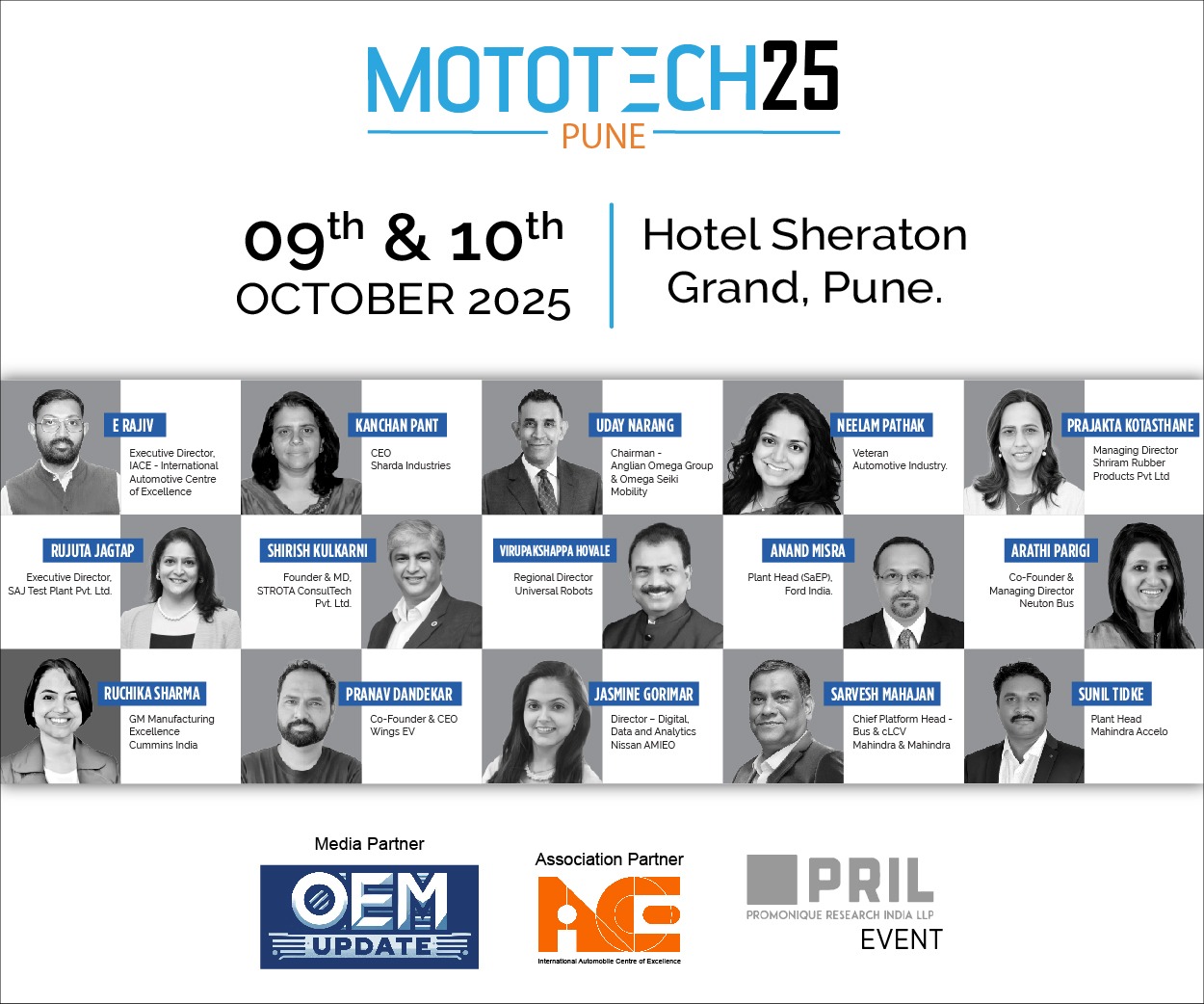How an OEM improved machine performance for customers
By admin July 12, 2013 11:02 am IST
Discover how a food industry machine maker uses integrated architecture to improve a design engineer’s ability to reuse programming code and slash installation time
Just 20 years ago, sushi was still a rarity in America, confined mainly to Japanese restaurants in major cities like New York and Los Angeles. Today, American shoppers can pick up packs of ready-to-eat sushi easily in supermarkets and even convenience stores. The increasing international appetite for packaged sushi has driven demand for the short-grain, sticky rice, which, along with raw fish, forms the foundation of most sushi recipes. In turn, manufacturers who make sticky rice have come under pressure to ramp up production by adopting new cooking methods.
Many sticky-rice manufacturers begin as small, regional food processors. They operate industrial kitchens where the rice is cooked manually in oversised pots. To keep pace with the spreading popularity of sushi, many of these food processors need more sophisticated systems that can produce 500 to 2,000 pounds of cooked rice per hour.
Blentech Corp., a major manufacturer of custom equipment for food industry, recently created a new, fully automated continuous rice cooker that meets these rigorous output demands, while achieving the precise degree of “stickiness” desired by the customer. The preferred consistency varies among sushi suppliers, so Blentech custom builds each rice cooker and most of its other machines to suit each user’s specifications.
The California-based company also engineers various equipment, ranging from industrial-sise meat tumblers to batch cooking for sauces, soups and other liquids. About 70 per cent of Blentech’s customers are batch sauce processors which offer various ground- and diced-meat products, such as taco meat and Sloppy Joe mix.
Need for integrated designBlentech engineers begin every machine design with one of three standard templates for programming code: base, intermediate and advanced and then customise each program for specific machine capabilities, such as performance and throughput.
Until recently, Blentech’s engineers were reusing just 20-30 per cent of the programming code from the templates because they lacked a standard format for mapping performance data to the control system for each new machine. This includes vocabulary and definitions related to machine states or event data. For example, where one engineer might describe the abort state as a transition to the idle state, another engineer might describe it as the execution of holding state logic.
Without a single, integrated design and modular programming platform, inefficiencies were abundant, and engineers could only reuse a small portion of the template’s code for each design. As a result, engineers needed up to 7 weeks to code program settings, commission and calibrate each custom machine differently at a user’s site.
“We realised we needed to modularise programming code so engineers could readily reuse more of it to help reduce programming hours, maintenance and commissioning time,” explains Dan Voit, COO, Blentech. “Modular programming guidelines provide reusable definitions, structures and lines of code, so programmers can better leverage prior work.”
Unified control platformTo alleviate these design inefficiencies and get its customers up and running faster, Blentech partnered with Rockwell Automation, which 10 years earlier helped automate the company’s food-processing equipment. Blentech recently invested in Rockwell Automation Integrated Architecture, including the Logix control platform to achieve integrated motion and machine control, and RSLogix 5000 software to provide a single programming environment.
Rockwell Automation worked with Blentech to automate the HydraTherm, its fully automated rice cooker for the growing sushi market. This wasn’t an easy task because hydration control is critical to the consistency, taste and overall quality of cooked rice and other grains. Specifically, “full absorption” is the only way to produce authentic sticky rice, and requires precise control of the hot water as it’s added to the rice during the cooking process. The HydraTherm’s automated commands help ensure the level of moisture is within 1 per cent of an customer’s specification, helping improve product quality.
The HydraTherm automates the process of hydrating and cooking rice as it tumbles through a patented auger system to soak, steam and flavour the product, if needed. A single operator can manage the entire system, rather than having multiple operators cooking rice in many oversized pots. Allen-Bradley CompactLogix L32E programmable automation controllers (PACs) drive the agitators that move rice forward through the cooker while gently mixing it so all kernels are evenly heated by direct steam and hydrated by hot water.
The PAC is equipped with EtherNet/IP for seamless connectivity to machine components and other equipment. EtherNet/IP also enables engineers to remotely support programs on installed machines and eases integration of the machine with other equipment at a user site.
The new control platform also reduces maintenance costs because HydraTherm functions with fewer parts than traditional rice-cooking operations, making it easier to fix and clean. In addition, Blentech can optimise its stocking strategy because the machine has 75 per cent fewer spare parts than traditional industrial-scale sushi rice cookers.
Numerous improvementsWe reduced machine commissioning time by an estimated 50 per cent by using Rockwell Automation Integrated Architecture,” Mr Voit says. “Now, Blentech engineers can reuse an estimated 60-70 per cent of the programming code in our three templates, so we can configure more machines in less time.”
The Logix control platform uses a single programming environment across multiple machine disciplines — including motion, drive control and safety — to help reduce design and installation time. The single programming environment also provides users with faster machine start-up, reduced maintenance time, and the ability to react quickly to changing market demands.
Blentech uses these controllers on most of its product line for the batch cookers. “If a customer calls and wants to add or remove load cells to our equipment upstream or downstream to process a different product, our engineers turn on a specification already in the RSLogix 5000 software,” Voit explains.
The ability to reuse programming code to make changes to a production line saves valuable installation and maintenance time — an estimated 70 per cent — for any segment of Blentech’s customers, especially those that process a range of food products on one machine or line. For example, batch sauce processors often need to modify production lines to switch between types or flavours of product.
In addition, Blentech estimates the solutions from Rockwell Automation saved approximately 50 per cent of engineering time when designing, building and commissioning the machine.
Cookie Consent
We use cookies to personalize your experience. By continuing to visit this website you agree to our Terms & Conditions, Privacy Policy and Cookie Policy.
















